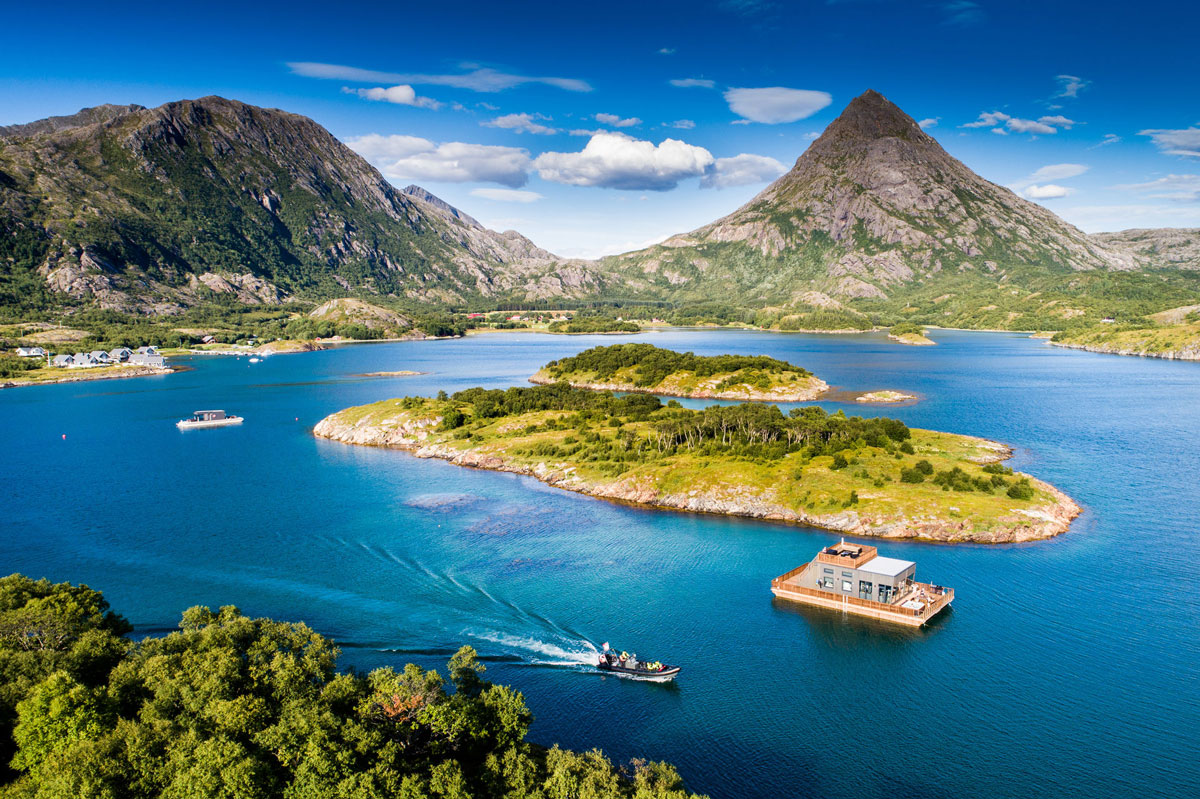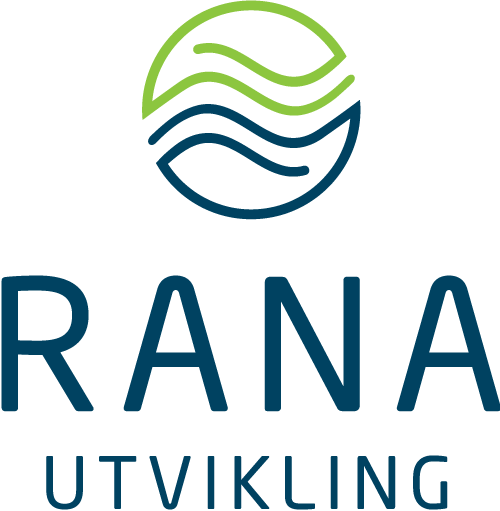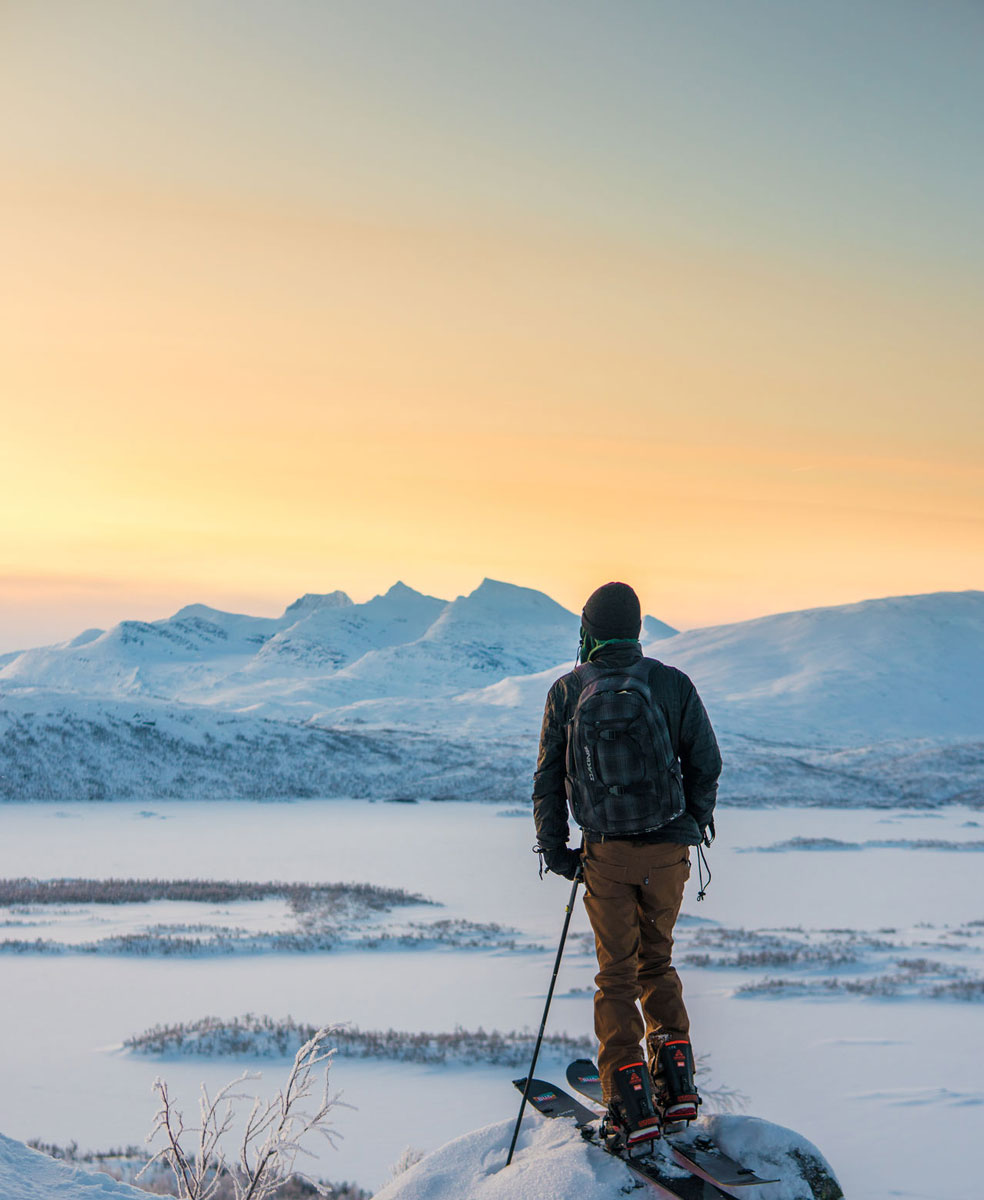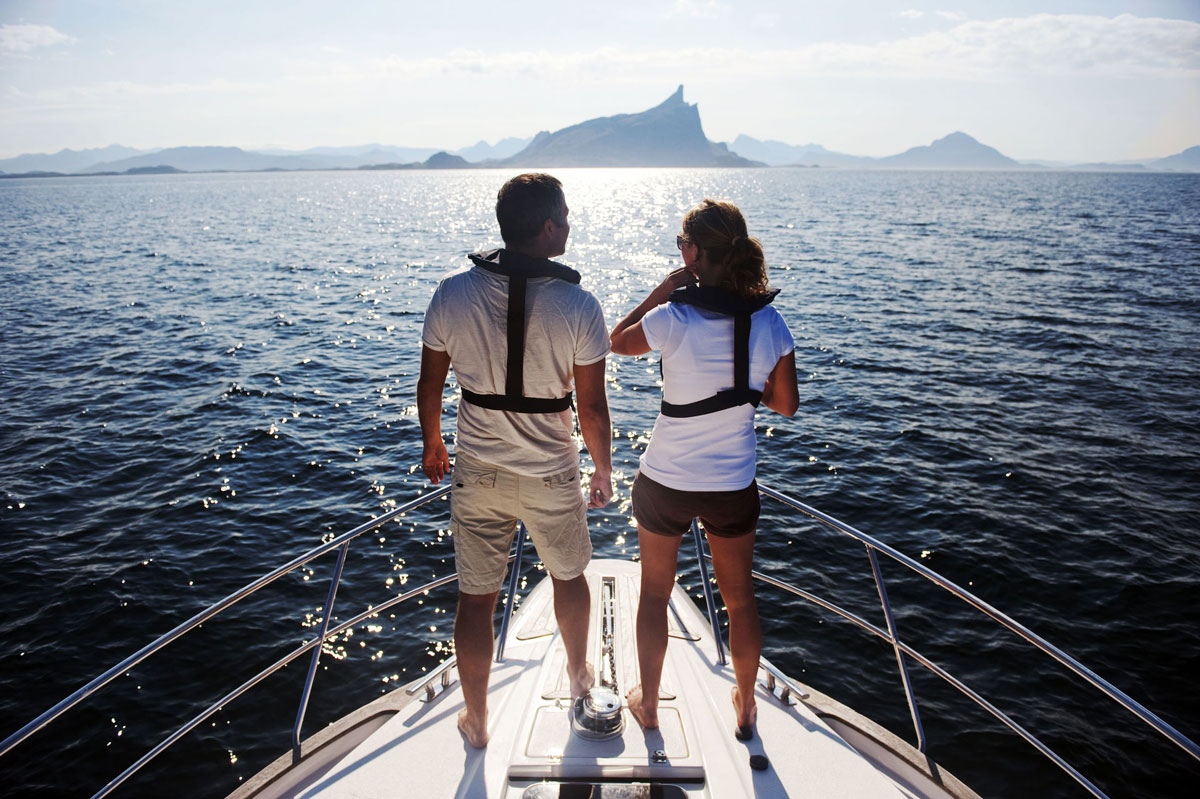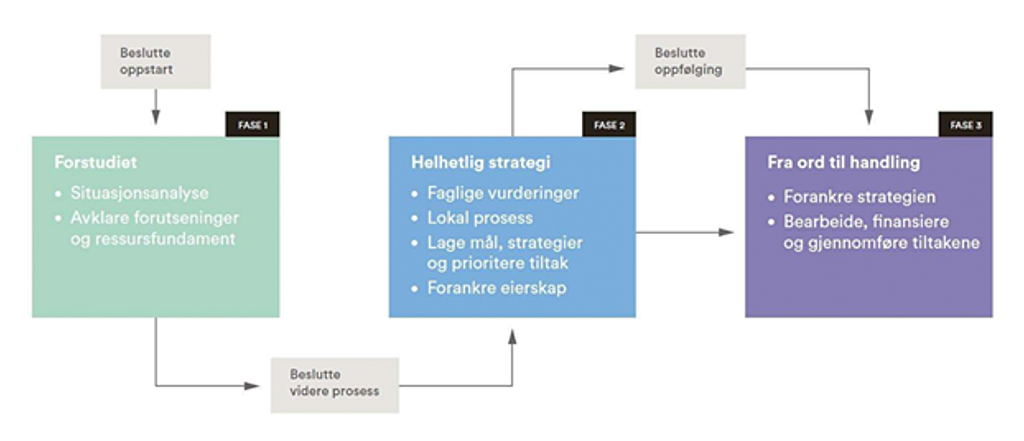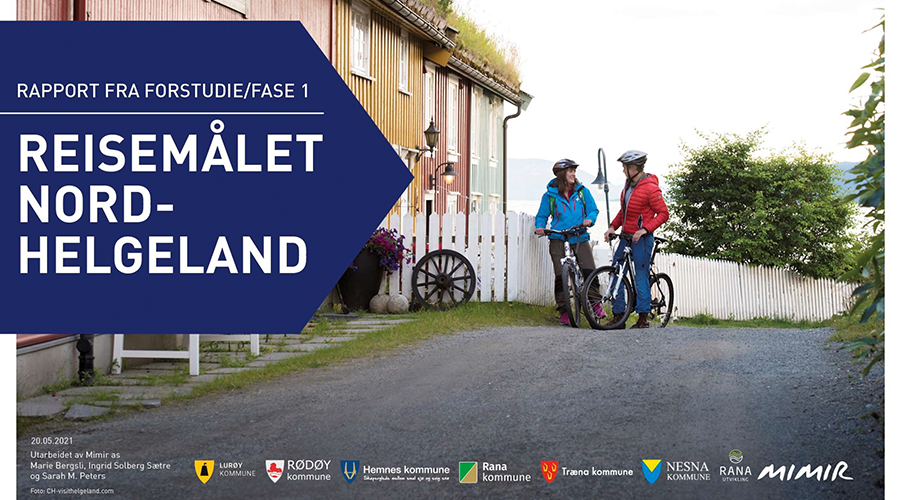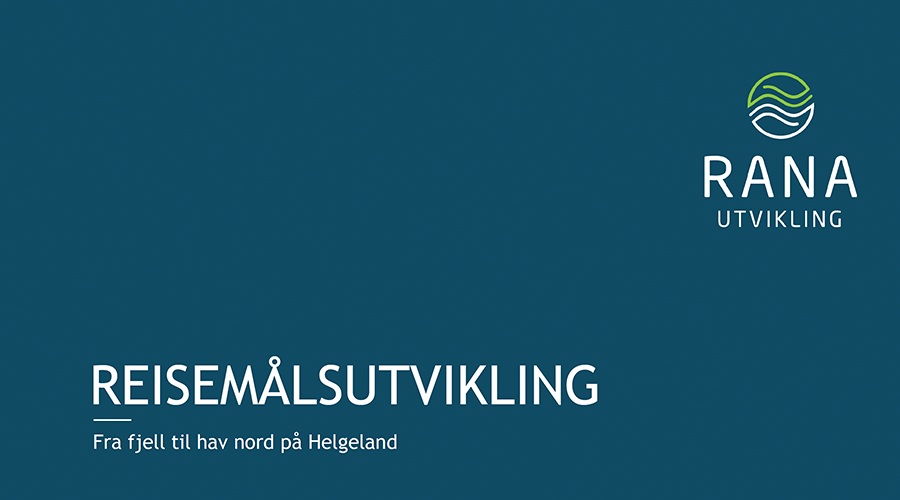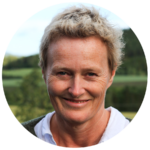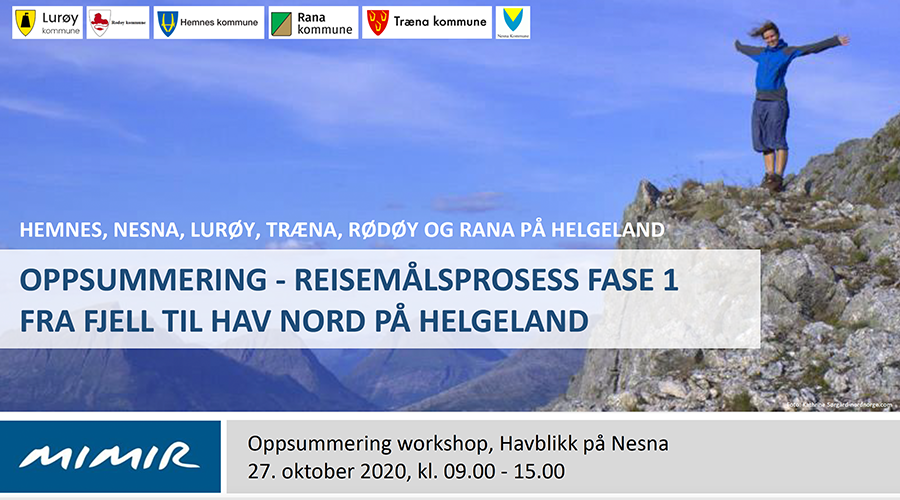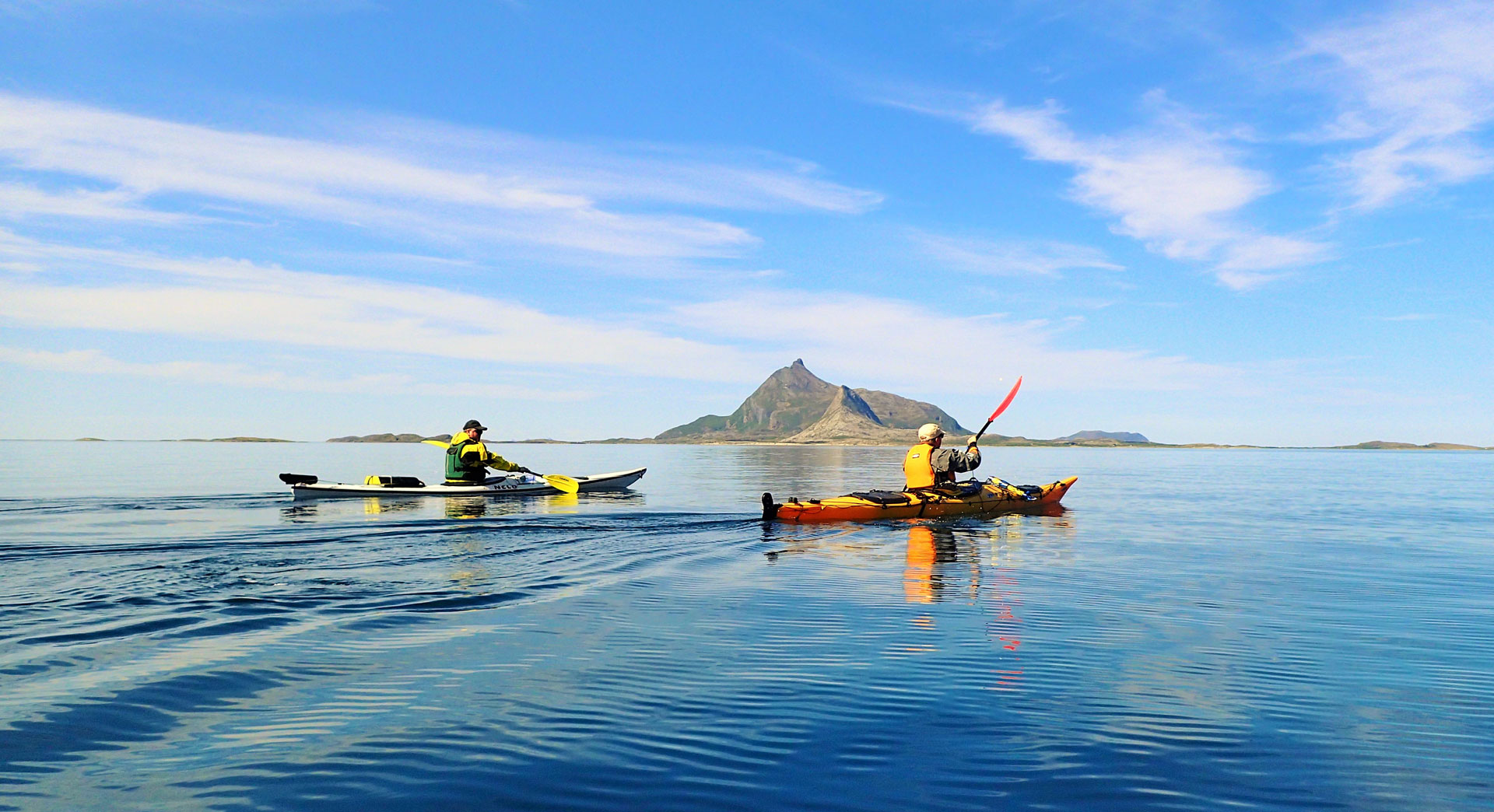As chair of a local council on the Helgeland coast, I’m aware that we’re on the brink of something big. We’ve had a steady stream of tourists and visitors over many years, who’ve stayed and camped with Nina at Havblikk and Per Inge at Tomma, and who’ve moored their boats in the marina.
These visitors have enjoyed themselves in Nesna and among the Nesna islands, and we’ve enjoyed their visits.
In 2020, this exploded for a few short summer months. There were queues for the ferries, it was jumping at the campsite, a tented camp emerged at Tomma and people slept in every tree on Rødvika. Restaurants staffed up, the Coop had a fantastic year, the mini wine and spirits shop sold like a medium-sized one. We were suddenly short of toilets and materials, and we had a massive information deficit – where, when, which, what? Fast and regular ferries, hiking trails, restaurants, Myken, Tomma, Træna, Levang, the E6 and county highway 17 – what, which, when, where.
It was incredibly dynamic, incredibly busy, incredibly enjoyable – and then, suddenly, everything went quiet. The season was short and very demanding. Participants had record earnings in July and August, but weak seasons on either side.
That brings us to the heart of this project, which I find extremely exciting. We’re going to be sustainable as a tourist destination, where experiences match expectations and where attention is concentrated on the pleasure of being in new places or revisiting locations you have been in before, rather than on irritation over things which fail to work or venues which have lost their magic. We must have financially sustainable companies, which can not only ride out the storms but also survive the quiet times. We must have a sustainable tourism which reduces the environmental footprint – and which is precisely part of the experience. We must attract people to the region who have us as their destination – “this year, we’re going to Helgeland”.
We will be open, inclusive, pleasant and enjoyable, generous and helpful. That requires us to have control over information, traffic, refuse disposal and sanitary conditions, and to have ferries and boats which run and have enough space.
That is the focus of this project – to create good experiences for nice people who visit agreeable places where the hosts welcome them and take them in. Not one which controls you. We must create frameworks and strategies which allow us to invest time in those who invest time in us. We in Nesna will contribute to that, and join in a collective commitment through this project.
Our contribution will also be as an educational centre. As a host authority for higher education, we are developing a collaboration with the University of Tromsø on research into post-coronavirus tourism which we hope will also provide, in the longer term, a basis for academic studies here in Helgeland.
We are putting our backs into 2021 and committing to this being a fantastic summer and fine autumn. We’re a bit better organised this time, but aim to improve even more. We will be developing Nesna and northern Helgeland as a pleasant, sustainable, attractive and solid tourist destination, and I hope we can do this together.
